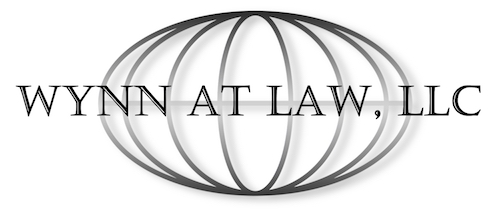Retirement account planning can get a bit stressful when you first begin planning. There are so many options, and the legal jargon can go above our heads. It is very hard to figure out the difference between each type of retirement plan. What do all of the retirement plan definitions mean? Our Southeastern Wisconsin Retirement Account Planning Attorney is going to shed some light on the definitions of some retirement account plans.
Southeastern Wisconsin Retirement Account Planning Terms
Before we begin to describe some of the most popular retirement account plans, we need to provide you with a few definitions. The first is the term “tax-deferred” or “defer taxes”. You will hear this a lot. This means you won’t pay taxes on the money until you start withdrawing it. As a result, the retirement money you save will continue to grow faster over time. The next term is “IRA”. IRA stands for “Individual Retirement Account” and it is just that, a retirement account provided by financial institutions with tax advantages to help people save for retirement.
List of Southeastern Wisconsin Retirement Account Plans
 There are many different types of retirement accounts. All have different features and benefits. Let’s take a look at the different retirement account planning solutions.
There are many different types of retirement accounts. All have different features and benefits. Let’s take a look at the different retirement account planning solutions.
Traditional IRA – With a Traditional IRA, you choose when and how often you place funds into the account. Contributions may be tax deductible. Earnings grow on a tax-deferred basis. Contributions are subject to statutory limits.
Roth IRA – With a Roth IRA, you make contributions with after-tax dollars. If certain requirements are met, the money you take out of the Roth IRA will be tax-free. The Roth IRA accrues earnings on a tax-deferred basis. Contributions are not tax deductible, but once the money is in the Roth IRA, it will never be taxed again. You choose how much and how often to place money in your Roth IRA. You can withdraw money from your Roth IRA before retirement without any penalties.
SEP IRA – An SEP is a retirement plan established by employers, including self-employed individuals. Employers make tax-deductible contributions on behalf of eligible employees, including the business owner. The employer will receive a tax deduction for making the contributions. Employees will not pay taxes on any SEP IRA contributions. Withdrawals and earnings from the SEP IRA are taxed. Many times, an employee must set up a Traditional IRA at a bank where the employer will make the SEP contribution. Each bank is different on whether the funding IRA will be a Traditional or SEP IRA. Since a Traditional IRA funds an SEP IRA, the funds are also subject to many Traditional IRA rules. (We know this one gets confusing.) An SEP IRA is a good option for self-employed individuals as you can fund your own retirement account and the maximum annual contributions limits are higher than other IRA accounts. You can also deduct the full amount of contributions from your income tax.
Simple IRA – Similar to an SEP IRA, A SIMPLE IRA is a retirement plan established by employers, including self-employed individuals. With a Simple IRA, employees contribute money to the plan before taxes. The savings are tax deferred. Employers are required to make either matching contributions or non-elective contributions. A non-elective contribution means the employer has chosen to make a contribution to all eligible employees retirement plans and the contribution is not based on the amount the employee has contributed. Employers get a tax deduction for their contributions. A Simple IRA is very similar to a 401(k).
Qualified Retirement Plan – A qualified plan is established by an employer to provide retirement savings for employees. Qualified retirement plan contributions and earnings are typically tax deferred. Employers receive a tax deduction for their contributions. A qualified plan may be a defined-benefit plan or a defined-contribution plan. A “defined-benefit” plan means the retirement savings are determined by an employee’s salary, years of service, and age. A “defined-contribution” plan means a certain amount or percentage is contributed by the employer each year on behalf of the employee. Withdrawals may be subject to penalties. 401(k)s, stock sharing plans, and profit sharing plans are all “defined-contribution” retirement plans.
403(b) Plan – A 403(b) plan is a retirement plan for certain public school employees, employees of tax-exempt organizations, and members of the clergy (pastors, priests, ministers). This type of retirement account is established and managed solely by the eligible employee.
Above, we have reviewed the most popular types of Southeastern Wisconsin retirement accounts. Yet, there are still many other types of plans available, such as SARSEP Plans, Payroll Deduction IRAs, Profit-Sharing Plans, Money Purchase Plans, ESOPs, Governmental Plans, 457 Plans, 409A Nonqualified Deferred Compensations Plans, and more.
Retirement Account Planning in Southeastern Wisconsin
If you are seeking assistance with retirement account planning in Southeastern Wisconsin, please contact our office. Our Retirement Account Planning Attorney can be reached via phone at 262-725-0175 or via our website’s contact page. We offer a free initial consultation.

*The content and material on this web page is for informational purposes only and does not constitute legal advice.
Photo by Flickr Creative Commons Tax Credits

